In the Cheonan World Dance Festival on October 9, 2023
By Publisher Lee Kyung-sik with Editors Kim Hyung-dae, Joy Cho, Jang Chang-Yong.
Mayor Park Sang-don of the Cheonan City cordially invites Ambassadors and Spouses to the Cheonan Heungtaryeong Folk Song Festival in the Cheonan City on Monday October 9, 2023. It is also Hangeul (Korean Alphabet) Day which is an official holiday in Korea.
Representative folk culture troupes of a total 15 different countries of the world are also participating in the special international cultural event. The participating countries include: Brazil, Costa Rica, Czech Republic, Malaysia, the Philippines, Poland, Thailand, South Africa, Slovakia, Lithuania, Ecuador, the Kazakhstan, Taiwan, Tahiti and Cosobo.
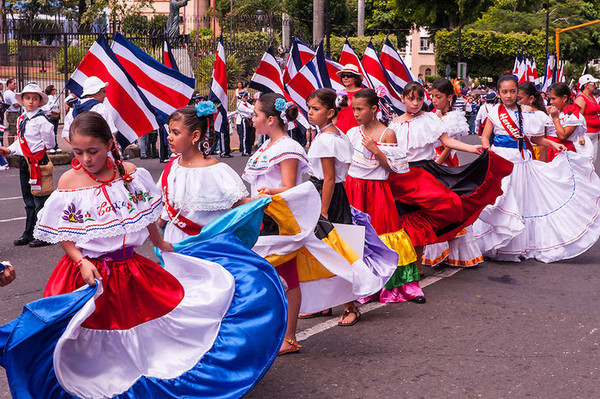
The Korea Post has organized a special coverage team to fully cover the meaning traditional cultural festival of the mid-western Chungcheong Provincial region.
In fact, the Festival begins on October 5 and ends on October 9. The Ambassadors and Spouses are invited on the last day event which is filled with many colorful events interesting to the international community in Korea as well as to the indigenous Koreans.

The Cheonan Heungtaryeong Dance Festival, in fact, was first held in 2003 and celebrates its 20th anniversary this year. As the international dance festival representing Korea, the Cheonan Heungtaryeong Festival has been selected as the ‘Culture Tourism Festival’ for a total of eight times in Korea, the ‘Regional Representative Performing Arts Festival’ for six consecutive years, and the ‘Honorary Tourism Festival’ since 2020 by the Ministry of Culture, Sports & Tourism.
The Festival mascots are Heung-i and Chum-i. Heung-I and Chum-I are the Korean character originated from Korean letter Heung(excitement) and Dance that can grow their arms and legs as much as they want from the simple basic appearance, representing the love for excitement and dance without limit.
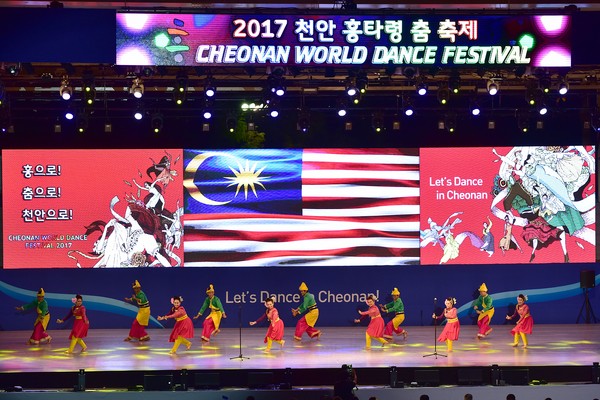
By incorporating Cheonan's Heungtaryeong folk songs with a modern sensibility, the festival creates a place for inspiration, emotion, and harmony through various dances and music.
Major events include the opening ceremony, closing ceremony, award ceremony, national dance competition, side competitions, Korea International Contemporary Dance Competition, masquerade dance, special invitation performances, and fireworks.
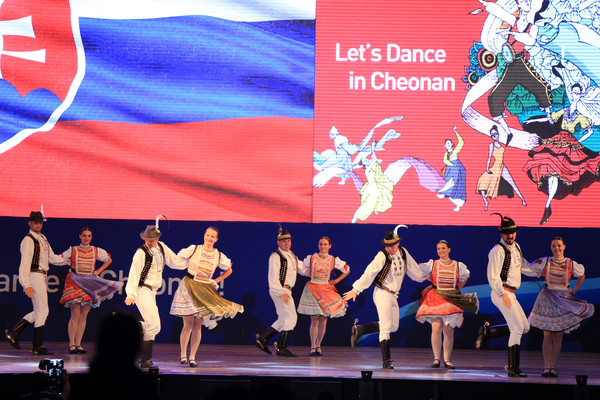
Fireworks display and more, the festival will be held for five days, starting with the opening ceremony on October 5 and ending with the closing ceremony on October 9.
Last year's 2022 event, which was held as a face-to-face event for the first time in three years, was both successful and satisfactory, and the results were announced.
This year's National Dance Competition will be held in six categories, with a total prize fund of 150 million won. This year, the National Dance Competition newly introduced the Heungta Division, which can only be participated in by people over 51 years old, and covers all ages from children to middle-aged people.
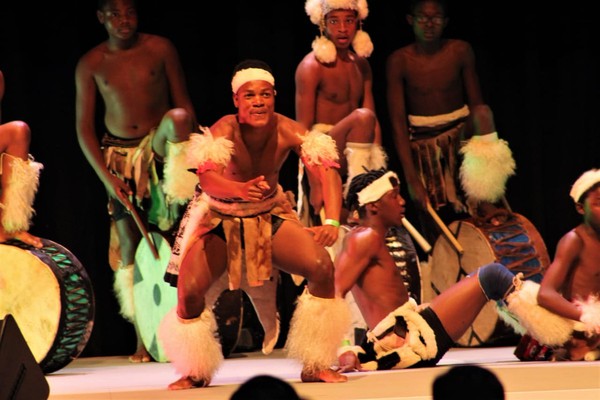
In 2023, as was briefly introduced afore, a total of 15 different countries of the world participate in the International Dance Competition.
The participating teams from the different countries are as follows:
Thai Team:
The team name is Kongthog which was founded in 2015.
It implements new creations that combine music and Thai dance. It incorporates various Thai cultures from the North, Northeast, South, and Central regions of Thailand, giving it a more modern and energetic feel than traditional Thai folk dance.
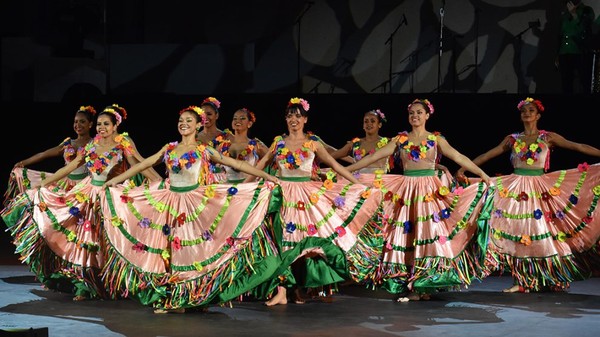
It also embodies the three traditional Thai Muay Thai dance styles (WAI, KHRU, MUAI, KHITA MUAI, and NATHAMUAI THAI).
This team participated in the 2019 Cheonan Heungtaryeong Festival.
Costa Rican team: Named, Compania de Musica Y Danzainspiraciones Costarricenses. Founded in 2006, it is Costa Rica's leading folkloric dance troupe composed of renowned Costa Rican musicians and young dancers.

It performs to a musical orchestra and has participated in many folkloric dance festivals abroad Choreography features contemporary interpretations of traditional Costa Rican dances and music with creative twists
Slovak Team:
Named FrIke ensemble Povazan and founded in 195, it is oldest traditional folk dance troupe in Slovakia.
A winner of the Gold Medal at the National Folk Dance Competition in 2022, the troupe is active not only domestically but also internationally in the United States but also in many other countries such as Algeria, Poland, etc.

Their choreography is a modern interpretation and recreation of traditional Slovak folk music.
Dancers usually dance in pairs, standing in a line, holding hands, and characterized by relaxed movements and turns. Traditional dances are practiced in Slovakia.
South African Team:
The team name is Kangaroo Zulu Folk Dance Ensemble that participated in the World Folk Festival 2022.
A folk dance organization based on Zulu culture and tradition, a traditional South African song, it uses movement, rhythm, and musical elements to experience and modernize Zulu culture and traditions.
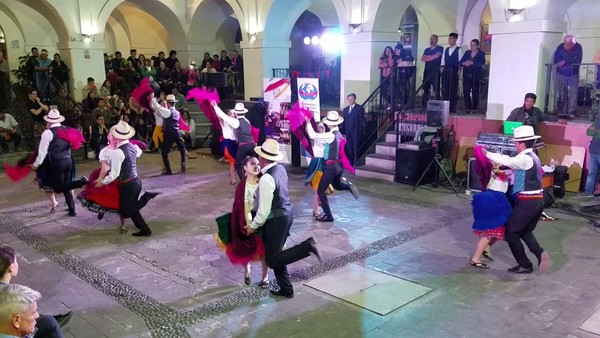
It is committed to promoting the region's unique traditional dances through culture and arts, including periodic visits to schools to teach traditional dance.
It performs energetic and dynamic dances, with strong energy and rhythm in their steps and body movements. I also features succulents that represent the culture and identity of the Zulu tribe
Brazilian Team:
Named Flor Ribeirinha, the Brazilian team won a Gold Medal at Cheonan Heungtaryeong Dance Festival 2016 and also a Gold Medal at the 18th Tourkiye Vučekmeze Festival.
This team features colorful costumes and dynamic choreography and music, with a particular focus on recreating a traditional Brazilian dance called "Muran Blackneck.”

It is a traditional dance passed down among peasants in the Midwestern state of Matungrosso, reflecting the cultural characteristics of the region with its energetic and rhythmic style. It is a particularly colorful and energetic dance that captures the audience's attention and is characterized by hip and waist movements, a variety of movements, and a Chinese style.
Lithuanian Team:
Named Lithuanian traditional and royal dance group GOJUS, it was founded in 1991,
Based on the concept of Lithuania in the 19th century, the group presents performances that symbolize Lithuanian traditional costumes and culture.
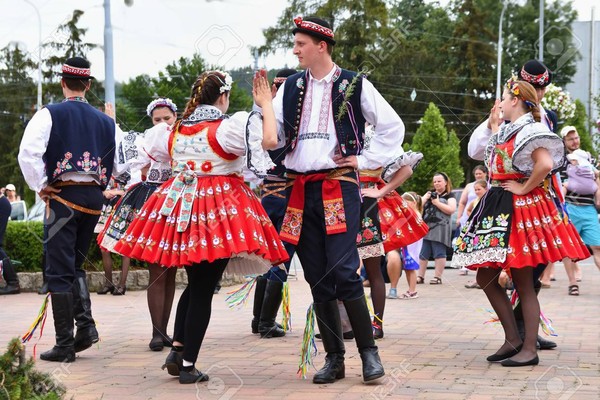
Its performances are related to the Lithuanian royal family, featuring special costumes and graceful movements that give a glimpse of the royal family.
The team is composed of a group of dancers who have come together to preserve their unique ethnicity in a rapidly changing modern society.
It dances in narrow rows or side-by-side in a circle, with an emphasis on synchronized movement; dancers move their legs and arms gracefully to create natural, circular movements
Polish team:

Named Sang and Dance Ensamble ZEMA BYDGOSKA, it was founded in 1958. It is the oldest and largest folk dance company and public interest organization in Poland, and plays a leading role in promoting Polish art and regional folk dance culture, it aims to maintain the identity of national traditions and develop national and civic awareness.
It consists of approximately 150-plus dancers and participates in various international artistic events and festivals on behalf of the region.
Ecuadoran Team:
Named BALLET FOLKLORICO LACTAPI JATARISHU, the team was founded in 2007. It participated in many national folk-dance festivals in Peru, Brazil, Chile, etc. It was founded by a group of young dancers to maintain Ecuadorian traditions and history.

The name, LLACTAT IATARISHU, means "our song and dance" and features choreography that emphasizes teamwork and is emblematic of Hispanic culture. The dance is influenced by African and Indian cultures, especially African rhythms and movements.
Taiwanese team: Named Luna Rhythm Dance Troupe which was founded in 2007, it performs traditional Taiwanese folk dance with a modern dance twist and is characterized by technically sophisticated movement, expression, and rhythm.
It participated in various international artistic and cultural exchanges, including participation in festivals in Indonesia, Northern Cyprus, Italy, etc.

It is characterized by technically sophisticated movements, expressiveness, and rhythm; often involving kinetic and intense movements, as well as representations of alumni movements and natural phenomena.
The Czech Team:
Named Ensemble on Songs and Dances Bzencan, it was founded in 2015 and is representative of traditional Czech folk dance, performing in semi-traditional post-19th century costumes.
It is characterized by the use of various Czech folk music instruments and musical styles and participates in more than 15 different international and regional festivals each year, and is an active cultural organization.
It performs in a circular or straight line in a rounded space and includes a variety of spins, jumping turns, and other movements.
Philippines Team:
Named Bayanihan National Dance Company of the Philippines, it was founded in 1956. It has won a total of 14 grand prizes at world dance competitions and is the first foreign dance company to perform outside the United States at Lincoln Center in New York City.
It is Known for telling Filipino stories and showcasing Filipino beauty through dance and performed the Tura, the most famous traditional dance of the Philippines.
Dancers perform the dance using two bamboo sticks, with two people jumping between the sticks. The dance is known for its hand and foot coordination and speed, and is an iconic part of Philippine culture.
Kazakhstani Team:
The team name is "Akku" and Arqa Sazy" which was founded in 1993.
It uses traditional instruments, "Akku," which stands for the concise and colorful sound of solo music, while "Arqa Sazy" is characterized by harmonious ensembles.
It participated in the International Folklore Festival (Shaby) and won in recognition of its high level of skill.
It usually consists of musicians and dancers performing together, with the dancers swaying, jumping or spinning to the music. Displaying traditional Kazakh attire and jewelry in the process.
Malaysian Team:
The team name is UTP PERFORMING ARTS GROUP which was established in 2002.
It actively implementing original cultural arts through various performances and competitions from the undergraduate level to the international level.
It performed not only domestically but also in international competitions in the UK, Korea, China, Taiwan, etc.
It won 3rd prize in International Dance Competition and 2nd prize in Street Dance Parade at Cheonan Heungtaryeong Dance Festival in 2018.
The Malaysian team also participated in the World Festival of Colors (FESCO) in 2017 and won the first prize in the international category.

